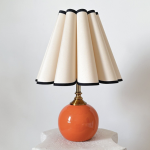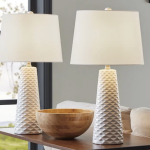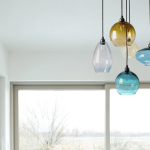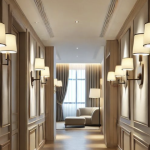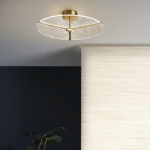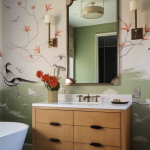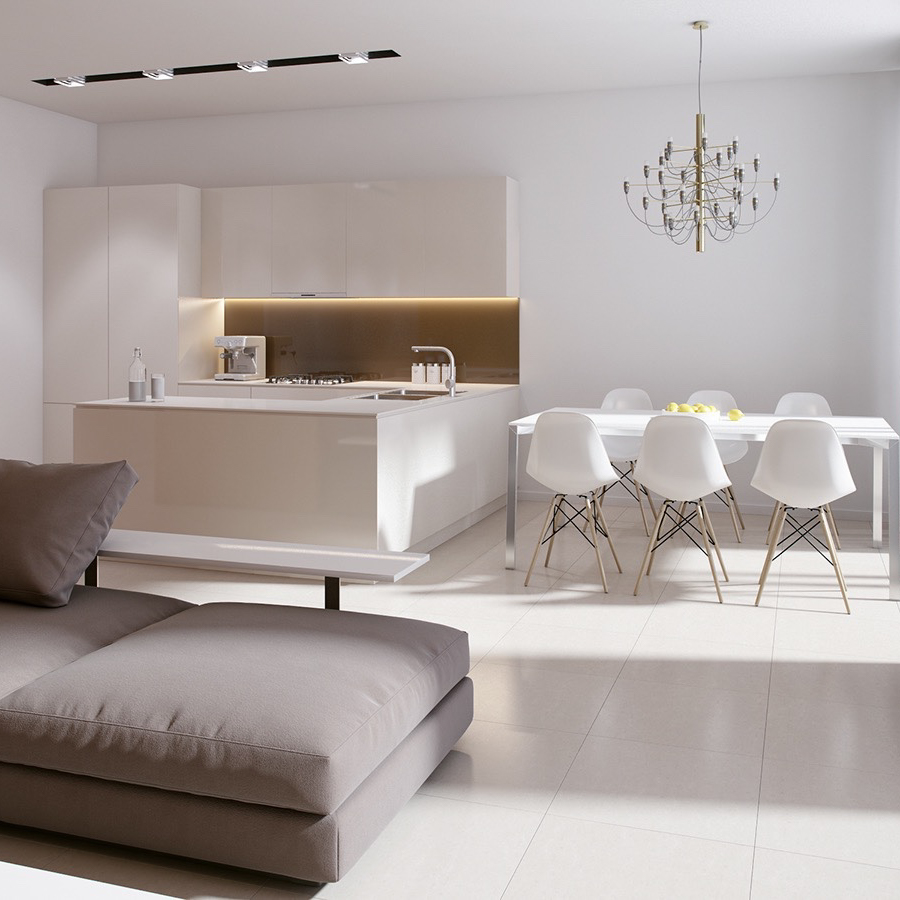
Introduction
The 1970s was a time of great social and cultural change, and it was also a period of significant evolution in lighting design. As society became more experimental and open-minded, designers began to explore new materials and techniques, leading to a wide range of innovative and expressive lighting designs. Today, many of these designs are considered classics and continue to be highly sought after. In this article, we will take a closer look at the aesthetics of 1970s lighting and explore why it remains so popular to this day.
The Characteristics of 1970s Lighting
One of the most distinctive characteristics of 1970s lighting is its use of bold, abstract forms. Designers experimented with highly geometric shapes, organic curves, and other forms that were both striking and visually engaging. Many of these designs were influenced by the emerging field of postmodern architecture, which sought to break away from the straight lines and boxy forms of modernism.
Another key feature of 1970s lighting is its use of new materials. As designers moved away from traditional materials like glass and metal, they began to explore plastics, acrylics, and other synthetic materials. This allowed for a greater range of shapes and colors, and it gave designers the ability to create lighting that was both sculptural and functional.
In addition to these characteristics, 1970s lighting was also marked by a sense of experimentation and playfulness. Many designers eschewed the idea of “serious” lighting and instead created designs that were whimsical or even humorous. This lighthearted approach to lighting design helped to create a sense of optimism and possibility that was reflective of the cultural moment.
Popular Designs of the 1970s
There were many iconic lighting designs that emerged during the 1970s, and several of these continue to be highly sought after by collectors and enthusiasts. One such design is the “Snoopy” table lamp by Achille and Pier Giacomo Castiglioni, which features a playful, anthropomorphic design that is instantly recognizable. Another classic from this era is the “Arco” floor lamp by Achille and Pier Giacomo Castiglioni, which uses a large, curved arm to suspend a pendant shade over a table or chair.
Other popular designs include the “Taraxacum” pendant lamp by Achille Castiglioni, which features a spherical shape composed of multiple clear globes. The “Parentesi” lamp by Achille Castiglioni and Pio Manzù is another classic design, featuring a simple, flexible cord that allows for easy adjustment of the pendant shade.
Why 1970s Lighting Remains Popular Today
So why does 1970s lighting continue to be so popular today? There are several reasons. For one, the innovative designs of this period still feel fresh and modern, even several decades later. The use of new materials and bold forms has helped to create a sense of timelessness that sets these designs apart from more traditional lighting.
Additionally, the playfulness and whimsy of 1970s lighting has helped to create a sense of nostalgia that is highly appealing to collectors and enthusiasts. Many people who grew up in the 1970s or who remember that era with fondness are drawn to these designs as a way of connecting with that time period.
Finally, the iconic designs of the 1970s have helped to establish a collector’s market for vintage lighting. Today, many of these designs are highly sought after and can command high prices at auction or in antique shops. This has helped to create a sense of prestige around these designs and has ensured that they will continue to be appreciated and valued for years to come.

